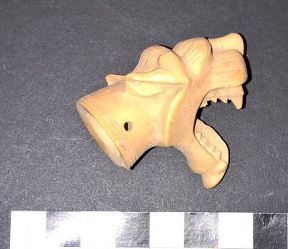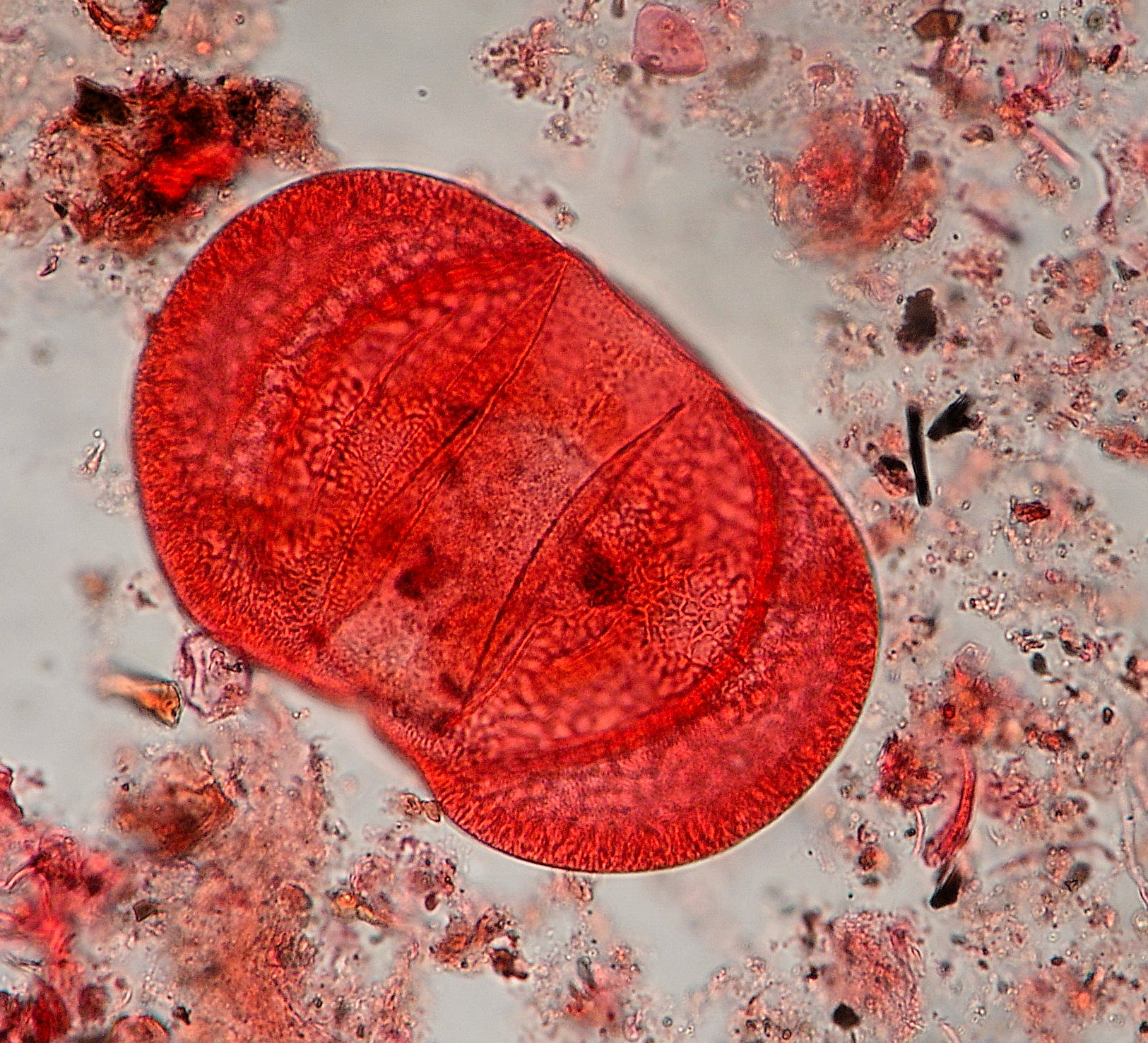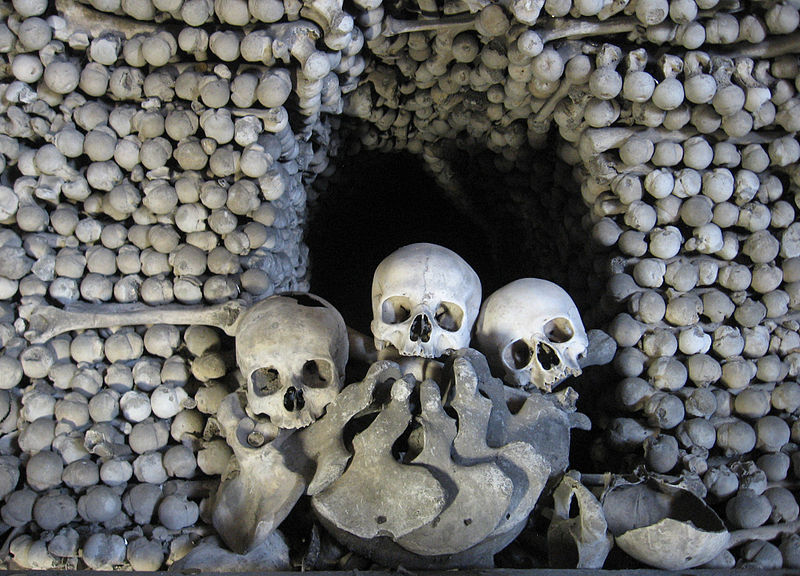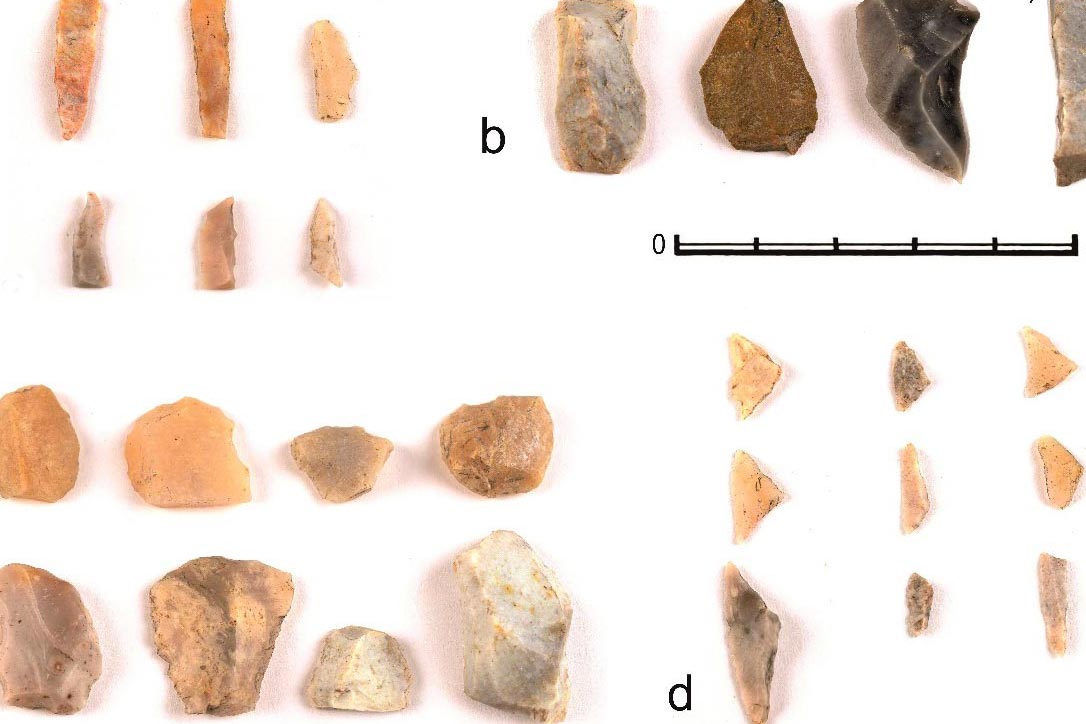Archaeozoological analyses
Archaeozoology or zooarchaeology is a scientific discipline studying faunal remains from archaeological sites, such as bones and teeth of vertebrata, mollusc shells etc. The aim of this discipline is to study developments of the relationships between humans and animals...










